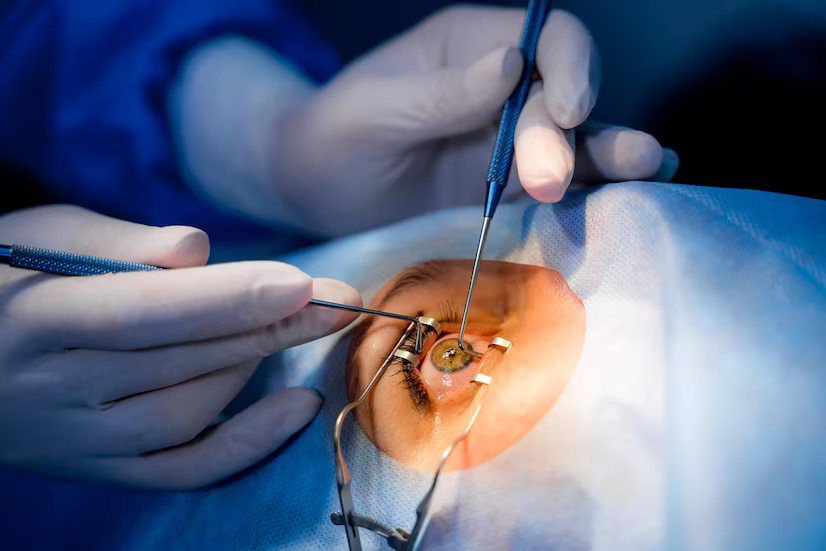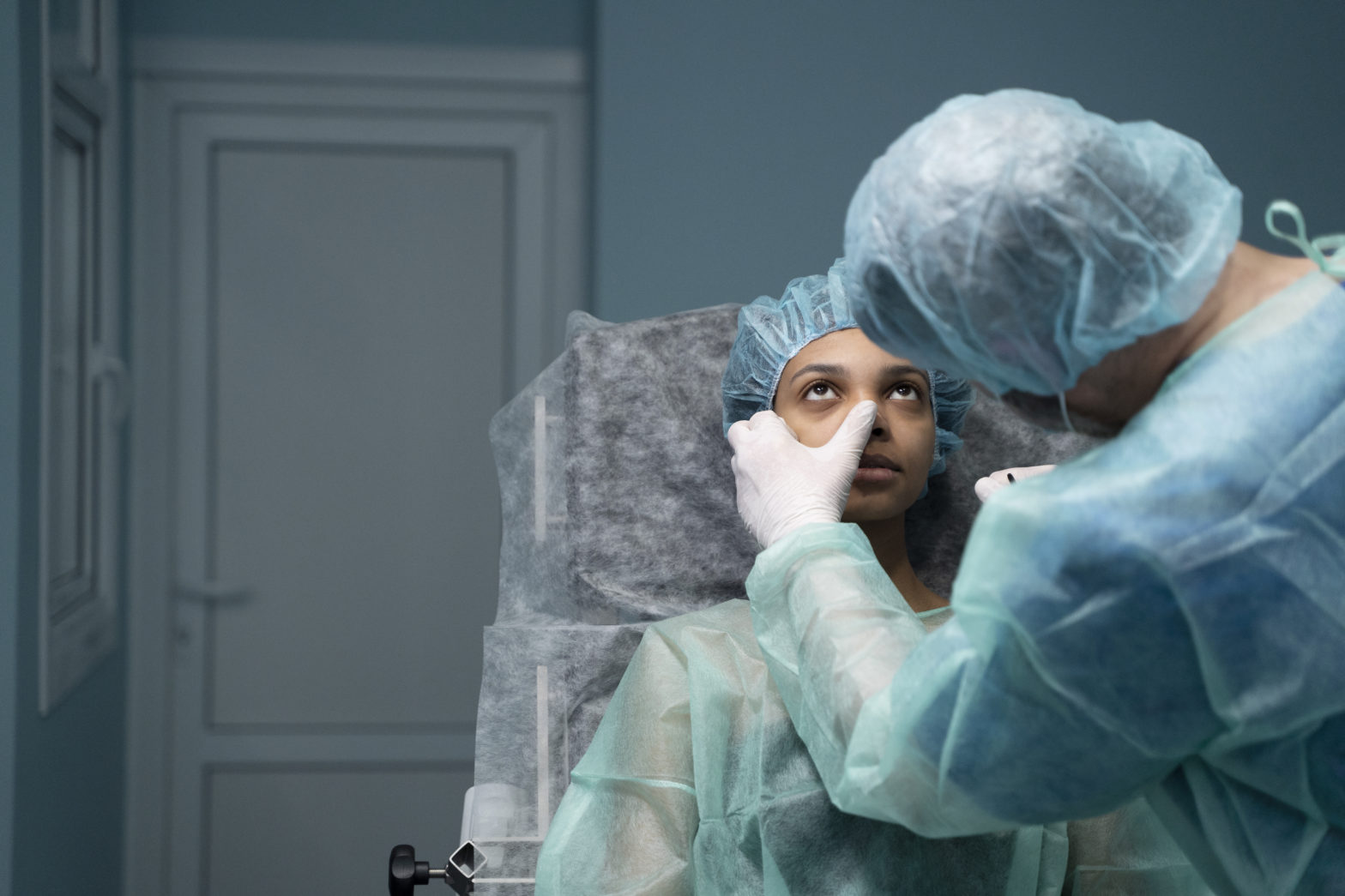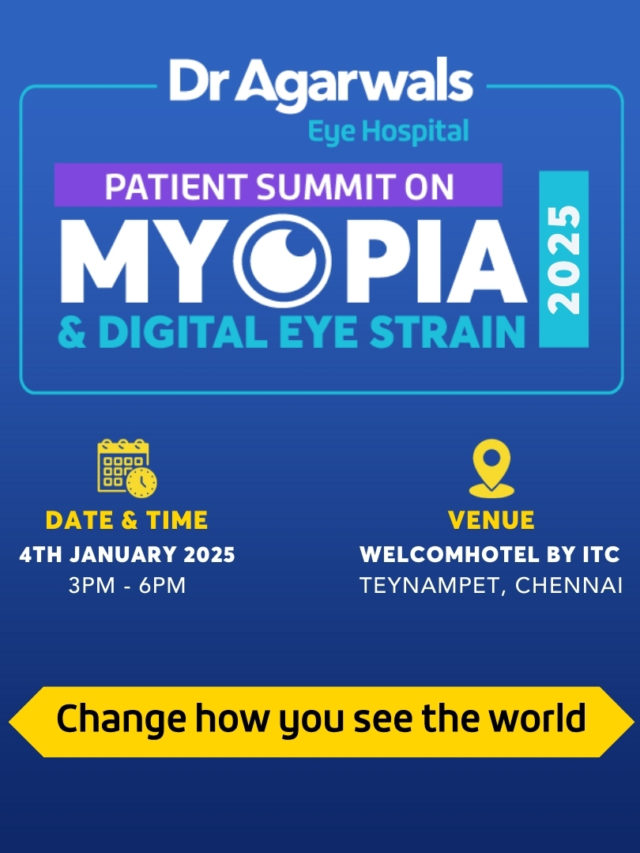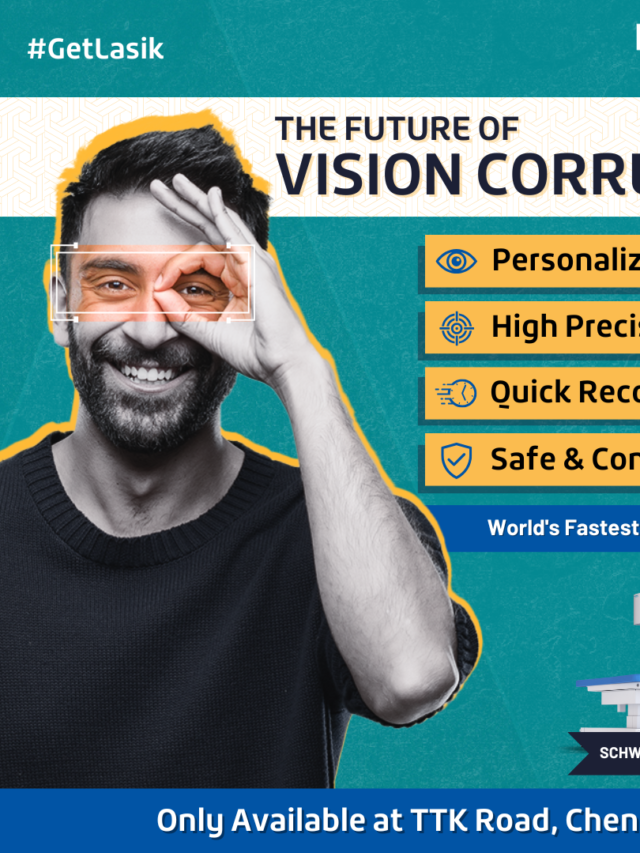Cataract refers to the clouding of the lens of one’s eyes. People who suffer from this eye condition will tell you that it feels similar to looking through a fogged-up or frosty window. In simple words, eye cataract causes clouded vision, making it difficult to read, drive a car (especially at night), or see the expression of people in close proximity.
This article will focus on understanding all you need to know about eye cataract, including its types, symptoms, and treatment options.
What is a Cataract?
A cataract is a medical condition that affects the lens of the eye. A healthy lens is clear and allows light to pass through easily, but in a cataract patient, the lens becomes cloudy or opaque. This cloudiness can cause a variety of vision problems, including blurry vision, glare, halos around lights, and difficulty seeing at night.
Cataracts typically develop gradually and are more common in older adults, but they can also occur as a result of injury, certain medical conditions, or long-term exposure to UV radiation. This eye disease can be treated with surgery, during which the cloudy lens is removed and replaced with an artificial lens. This surgery is generally safe and effective and can significantly improve vision in people suffering from an eye cataract.
Types of Cataracts
There are several different types of cataracts, each of which can affect the eye differently. Some common types of eye cataracts include:
-
Nuclear Cataracts
Nuclear cataract forms at the centre of the lens and can cause yellowing or browning of the lens. Nuclear cataracts develop typically slowly and can affect both eyes. Advanced yellowing or browning of the lens can make it difficult to distinguish between colour shades.
-
Cortical Cataracts
Cortical Cataracts form in the outer part of the lens and can cause the lens to become white or bluish. They can cause the lens to become more opaque and can affect the vision in a more severe way than nuclear cataracts. It slowly extends to the centre and may interfere with the light passing from the centre of the lens.
-
Posterior Subcapsular Cataracts
Posterior Subcapsular cataract forms on the back of the lens and can cause glare and halos around lights. They are more likely to develop in people with diabetes or high myopia, and they can also affect people who have taken certain medications, such as corticosteroids, for a long time.
A posterior subcapsular cataract frequently hinders reading vision, reduces vision in bright light, and causes glare or halos around lights at night. It progresses more quickly than other types of cataracts.
-
Congenital cataracts
Congenital cataracts present at birth or develop during childhood. They can be caused by genetic factors or by infections or other medical conditions such as myotonic dystrophy, galactosemia, neurofibromatosis type 2, or rubella during pregnancy. Congenital cataracts do not always impair vision, but when they do, they are usually removed as soon as they are discovered.
-
Traumatic Cataracts
A traumatic cataract is a clouding of the lens and eyes caused by blunt or penetrating ocular trauma that disrupts and damages the lens fibres. The majority of traumatic cataracts cause eye lens swelling.
Symptoms of Cataracts
The symptoms of cataracts can vary depending on the type and stage of the cataract. Some common symptoms include:
- Blurred Vision: As the lens becomes cloudy, it can cause the light entering the eye to scatter, resulting in blurry or hazy vision.
- Difficulty Seeing at Night: As the cataract becomes denser, it can make it harder to see in low-light conditions.
- Glare or Halos around Lights: The cloudiness of the lens can cause glare or halos around bright lights, such as headlights or streetlights.
- Faded colours: As the cataract progresses, it can cause colours to appear faded or yellow.
- Double Vision in One Eye: In advanced stages of cataracts, it can cause double vision in one eye.
- Frequent Changes in Eyeglass Prescription: As the cataract progresses, it can cause changes in the way the eye focuses, which can result in the need for a different eyeglass prescription.
It’s important to note that these symptoms can also be caused by other eye problems, so if you are experiencing any of these symptoms, you should see an ophthalmologist for a proper diagnosis.
How to Diagnose a Cataract?
An eye specialist will conduct a thorough eye exam to check for cataracts and assess your vision. This may include an eye chart test to diagnose your vision at various distances and tonometry to determine your eye pressure.
The most common tonometry test flattens your cornea and measures your eye pressure with a painless puff of air. Your doctor will add eye drops to dilate them. It helps in an easy check-up for damage to the optic nerve and retina at the back of your eye. Other tests your doctor may perform include determining your sensitivity to glare and colour perception.
Cataract Treatment Options
When it comes to treatment options for this eye condition, there are two different types of surgeries that one may go for as suggested by their doctor. Here they are:
-
Phacoemulsification Surgery
An extremely small incision is made at the side of the cornea during this kind of cataract surgery. A tiny probe that emits ultrasound waves is inserted into the eye by the optometrist to soften and fragment the lens. Suction is then used to remove it. Most cataract surgeries performed today use phacoemulsification, also referred to as small incision cataract surgery.
-
Extracapsular Surgery
In extracapsular surgery, the cloudy core is completely removed by making a relatively long incision at the side of the cornea. The remaining lens is then suctioned away.
Choose the Right Treatment for Your Nee
You need to take good care of your eyes. As people age, an eye cataract affects many people. Make sure to seek the appropriate medical advice as soon as you notice any cataract symptoms. Our Dr. Agarwal Eye Hospital chain of eye care facilities provides cutting-edge treatments and top-notch patient care.









